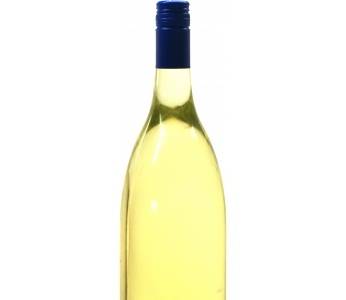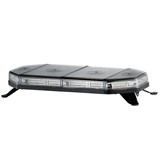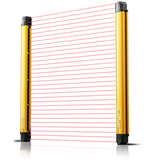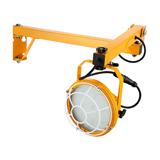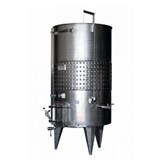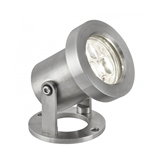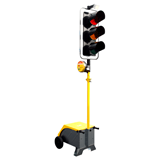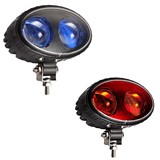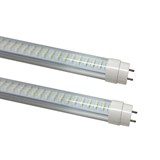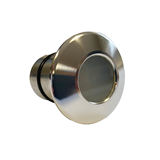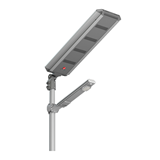The research conducted at the National Wine and Grape Industry Centre (NWGIC) at Charles Sturt University (CSU), in collaboration with Dr Daniel Dias at The University of Melbourne, examined the impact of light on the quality of white wine, with the ultimate aim to improve its shelf life.
Lead researcher, Dr Andrew Clark said: "A series of experiments dating back to 2008 have attempted to better understand the impact of light on several white wine components that have previously not been investigated. The components were tartaric acid, which is a major organic acid in wine, and iron, a metal ion found at low concentrations in all wines.
"Although not well understood in wine, these same agents were in fact used as photographic emulsions by the pioneers of photography in the mid-1800s.
We have shown that a chemical process, known as iron (III) tartrate photochemistry, can adversely affect white wine as it may consume wine preservatives and eventually lead to a brown colour. Ultra-violet light as well as blue and green visible light can induce the photochemical process in white wine.
"Darker coloured wine bottles with a thicker wall of glass were found to offer increased protection from this photochemical process.
"These darker and thicker bottles absorb more light so less reaches the wine wine and the extent of detrimental iron(III) tartrate photochemistry is limited. The darker green and amber coloured bottles were particularly useful to absorb the active wavelengths of incident light.
"Wine is mostly exposed to light after bottling and during storage in retail outlets or in the home. Furthermore, wines designed to be stored for longer periods before being drunk are also more likely to have increased light exposure depending on their conditions of storage.
The experiments were supported by the Grape and Wine Research and Development Corporation.
Further studies into the impact of light exposure on wine are currently being carried out by CSU PhD student Ms Paris Grant-Preece at the NWGIC.
Dr Clark is a NWGIC researcher and a Senior Lecturer in analytical and wine chemistry in the School of Agricultural and Wine Sciences at CSU in Wagga Wagga.
The NWGIC is a partnership between CSU, the NSW Department of Primary Industries and the NSW Wine Industry Association.

